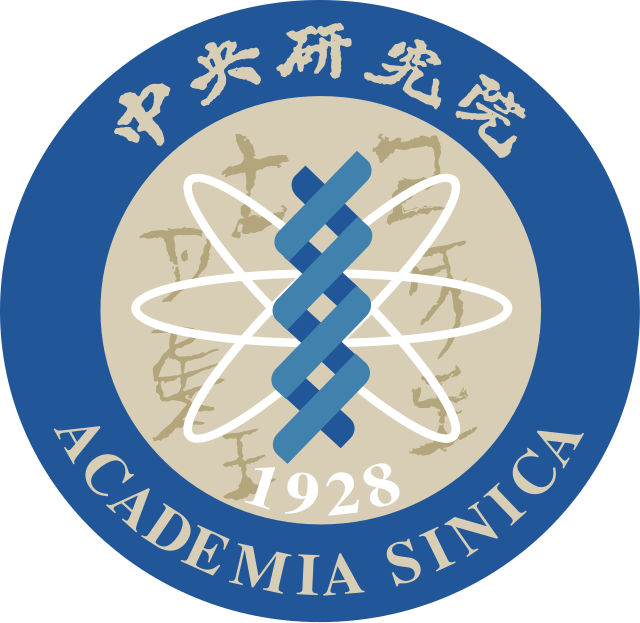The PI is an astrophysicist specialized in theoretical and computational star and planet formation, especially in the construction and evolution of the Solar System, and the in-situ processing of planet-making materials. The PI also develops hydrodynamic and magnetohydrodynamic codes for astrophysical fluids and particles, and their high-performance computational applications.
Astronomical phenomena have intrigued people for thousands of years and have motivated students and researchers to investigate the underlying astrophysical mechanisms. With the recent advances in observational techniques and computing capabilities, astrophysical research has reached an unprecedented era to investigate detailed mechanisms in high spatial and temporal resolution. We study young stellar objects and their formation processes using theoretical, computational, and observational methods. For more details, please visit our group site: CHARMS Group Page.
Theoretical and Computational Astrophysics: Clouds, Collapse, Jets/Winds/Outflows; Protoplanetary and Circumplanetary Disks; Magnetic Field; Astrochemistry;
Origins of Solar Systems: Meteorites, Planetary material, CAIs, Chondrules, and Isotopes;
Numerical Methods: High-Performance Computing, GPU; Machine Learning/Artificial Intelligence; Visualization
The PI has obtained significant results in advancing the understanding of the earliest phases of Solar System formation, development of numerical codes in hydrodynamics, magnetohydrodynamics, and general-relativity particle-in-cell method, and experimental studies of most primitive chondritic meteorites.
Ph.D., Astronomy, UC Berkeley (1998)
2 Vacancies
Job Description
Astronomical phenomena have intrigued people for thousands of years and have motivated students and researchers to investigate the underlying astrophysical mechanisms. With the recent advances in observational techniques and computing capabilities, astrophysical research has reached an unprecedented era to investigate detailed mechanisms in high spatial and temporal resolution. We study young stellar objects and their formation processes using theoretical, computational, and observational methods.
For more details, please visit our group site: CHARMS Group Page.
We look for highly-motivated students strongly interested in learning numerical methods and tools, code development techniques, and their applications to star formation problems under active investigation. The students will have hands-on experience in code development, numerical simulation, modeling, or observational diagnostic comparisons.
Preferred Intern Education Level
Ideal candidates are advanced college students in one or more of the following disciplines: Astronomy and Astrophysics, Physics, Chemistry, Earth Sciences, Computer Science, or Engineering Disciplines. Students in master's or PhD programs are especially encouraged. Proficiency in English communication, reading, and writing is required.
Skill sets or Qualities
Good knowledge of programming languages such as Python, C/C++, or Fortran.
Advanced background in college-level physics, chemistry, applied mathematics, or numerical methods. Knowledge of plotting or interactive visualization software is a plus.
2 Vacancies
Job Description
We develop hydrodynamic and magnetohydrodynamic codes and solvers for astrophysical problems in CompAS. We invite students to explore and validate various numerical methods and numerical codes under development in the group. The students will be cultivated in the state-of-art numerical codes and solvers, and obtain hands-on experience testing the accuracy and performance of numerical methods for HD-MHD problems in Astrophysics. We look for highly motivated students interested in numerical methods, code development techniques, and their potential applications. The experiences obtained will prove very helpful in future career development in science and engineering.
Preferred Intern Education Level
Advanced undergraduate level or above in Physics, Mathematics, Applied Mathematics, Astronomy and Astrophysics, Computer Science, or any Engineering discipline, with a college-level background in applied mathematics or mathematical methods. Proficiency in English communication, reading, and writing is required.
Skill sets or Qualities
Good knowledge of some of these programming languages: Python, C/C++ or Fortran, Matlab, or interactive plotting or visualization tools such as VisIT, ParaView, or Python-based tools.
2 Vacancies
Job Description
When a star has consumed most of its nuclear fuel, it eventually reaches a point in its evolution where the outward radiation pressure due to nuclear fusions can no longer support the gravitational pull. If the collapsing stellar core has a mass exceeding (approximately) three solar groups, the degenerate pressure of neutrons can no longer keep its gravitational collapse, leaving a black hole (BH) as an end product of stellar evolution. In addition to these stellar-mass BHs, there are much heavier BHs in the center of galaxies and globular clusters. For example, the Milky Way galaxy has a supermassive BH whose mass attains 4 million solar masses.
The student will learn the basic skills of black hole research, specifically general relativity, plasma physics, and numerical simulations. Depending on the academic and technical backgrounds of the student, she/he can get to touch on one or more of the following : how electron-positron pair plasmas are created, accelerated, and radiate emissions in BH magnetospheres; GR MHD simulations of physical processes around blackholes; compare numerical simulations or analytic theories with the blackhole multiwavelength observations; plasma physics around neutron stars; pulsar physics; learn to build visualization tools for simulations.
Preferred Intern Education Level
Advanced undergraduate level or above in Physics, Mathematics, Applied Mathematics, Astronomy and Astrophysics, Computer Science, or any Engineering discipline, with a college-level background in applied mathematics or mathematical methods. Proficiency in English communication, reading, and writing is required.
Skill sets or Qualities
Advanced skills in applied mathematics, computer programing in C/C++, Python, and visualization packages.
